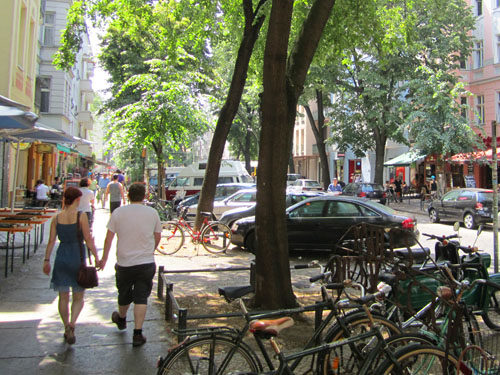Walk
- For short trips, leave your car behind and go by foot. Visit the Pedestrian and Bicycle Information Center to learn about pedestrian safety and how to encourage walking in your community.
- Choose restaurants and shops that you can reach by foot. Type your address into Walk Score to find nearby destinations.
Bike
- Learn how to bike safely with the League of American Bicyclists’ tips and resources.
- Get car-free directions with Google Maps. Choose “Walking” or “Bicycling” from the pull-down menu instead of the default “By car.”
- Biking is great exercise. Use an app like Map My Ride to track your route along with speed, distance, and even how many calories you’ll burn.
Take public transit
- Leave the car at home and plan your trip with Google Transit. It’s as easy as getting driving directions! You can also find this transit trip planner under “Get Directions” in Google Maps.
- Ask your employer about public transportation benefits. Under federal law, employers can cover up to $130 of your transit expenses tax-free.
- Get a transit pass. According to the American Public Transportation Association, households that regularly use public transportation save more than $9,000 a year.
Share a car
- Join a carsharing program, like Enterprise Carshare, which can save you thousands.
- Carpool. If you share the drive with just one other person, you’ll reduce your fuel costs by half. And you can use the high-occupancy vehicle lane!


